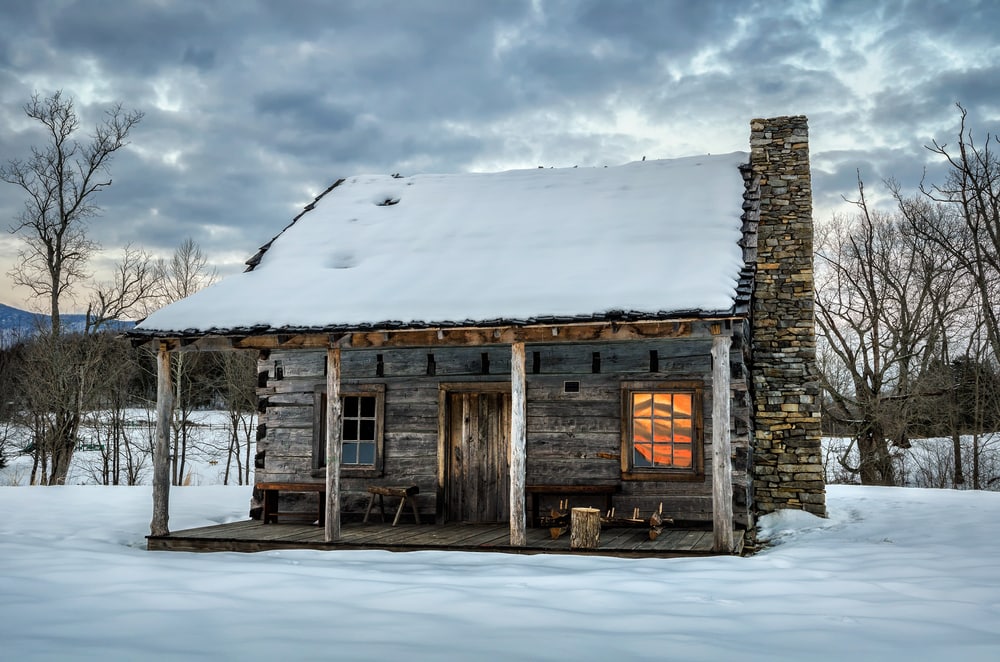
Why a Permanent Outdoor Shelter?
If you spend a lot of time outdoors and you love camping, bushcraft, hunting, or primitive living, a permanent shelter in the wilderness might be precisely suitable for you.
Permanent shelters can be great to have as a getaway that you can call a second home. Think of a vacation home, but in the wild. Who doesn’t want that?
Pick Your Wilderness Shelter Location
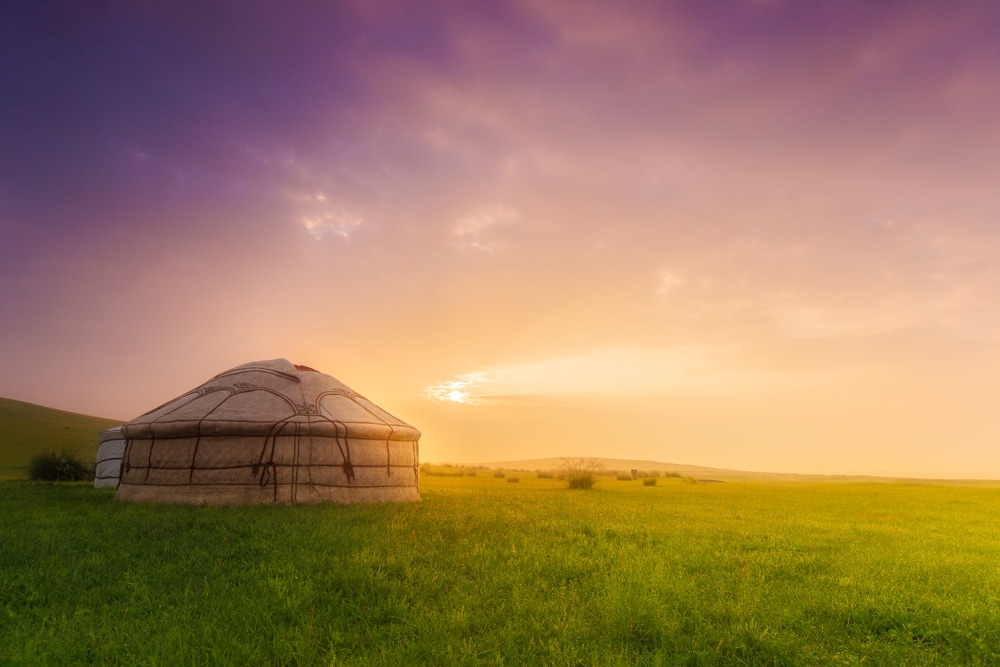
Picking the perfect location is the first step in building your permanent shelter. You’ll need a location with all the resources you need for comfort, safety and at least some conveniences. From the basic necessities of proximity to water to the extravagant mountain views, location is key to your survival and happiness.
Be aware of your accessibility when picking a location. You may want to be off the beaten path, but how far off? And will you be able to reach your shelter easily by either vehicle or hiking?
Watch out for dangerous areas such as flash flood zones, avalanche areas, and dead-standing trees. Your number one priority should be to keep yourself safe, along with keeping your shelter safe from damage and environmental hazards.
Keep track of local ordinances and property laws. It may only be possible to build yourself a permanent shelter on land you own. Keep your investment in mind when picking out a location.
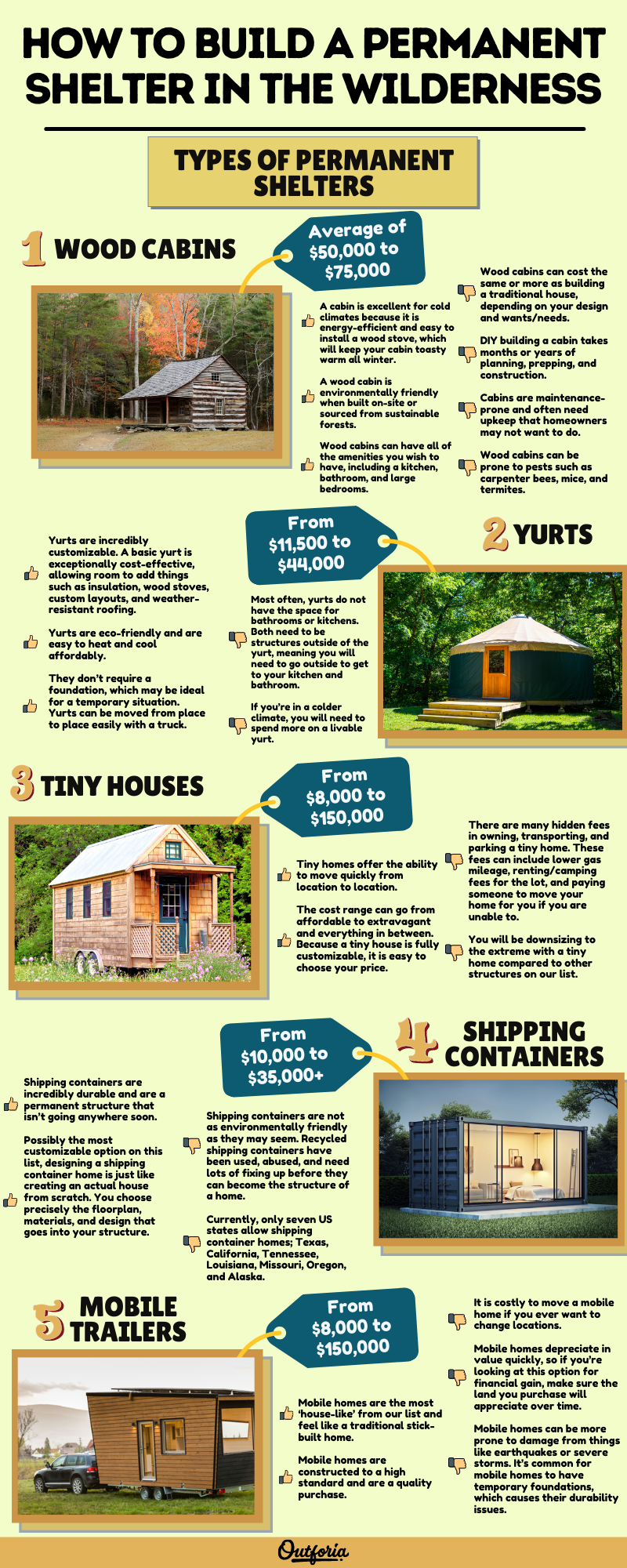
Share This Image On Your Site
<a href="https://outforia.com/how-to-build-a-permanent-shelter-in-the-wilderness/"><img style="width:100%;" src="https://outforia.com/wp-content/uploads/2022/02/How-to-build-a-permanent-shelter-in-the-wilderness-infographics-02102022-1.png"></a><br>How to build a permanent shelter in the wilderness Infographic by <a href="https://outforia.com">Outforia</a>Five Types of Shelters in the Wild
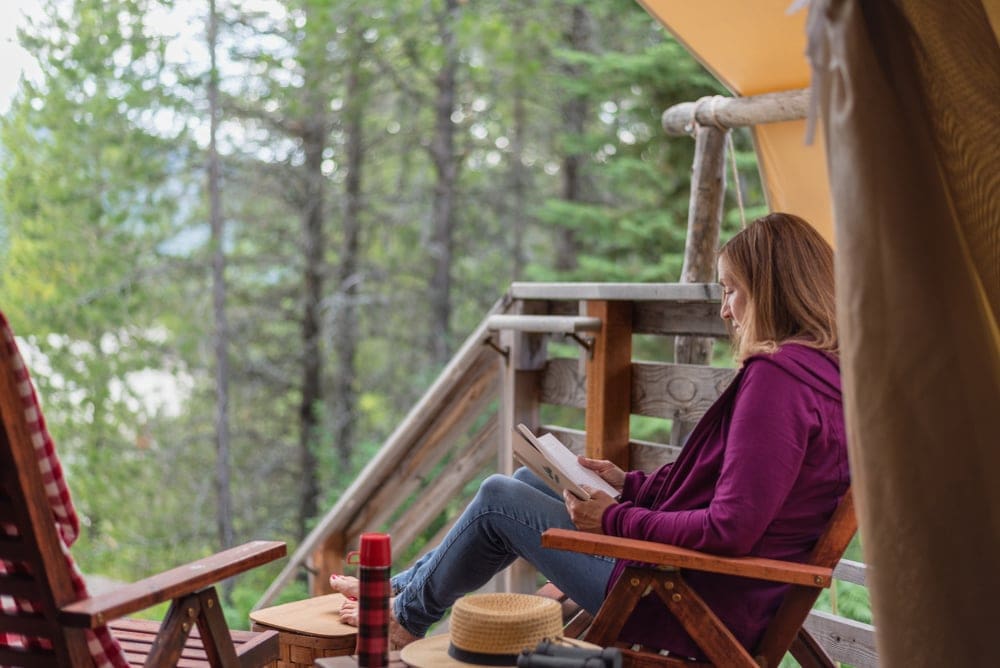
Luckily, permanent shelters are often affordable and are easy to obtain or build. Affordability and customization make choosing the type of shelter you want pretty easy.
Keep in mind your climate when picking a permanent shelter, along with your budget. For example, a yurt intended for colder climates will cost more than a yurt designed for the desert.
Here, we’re going to explore purchasing and/or building five different types of permanent shelters that may fit your lifestyle perfectly.
1. Wood Cabins
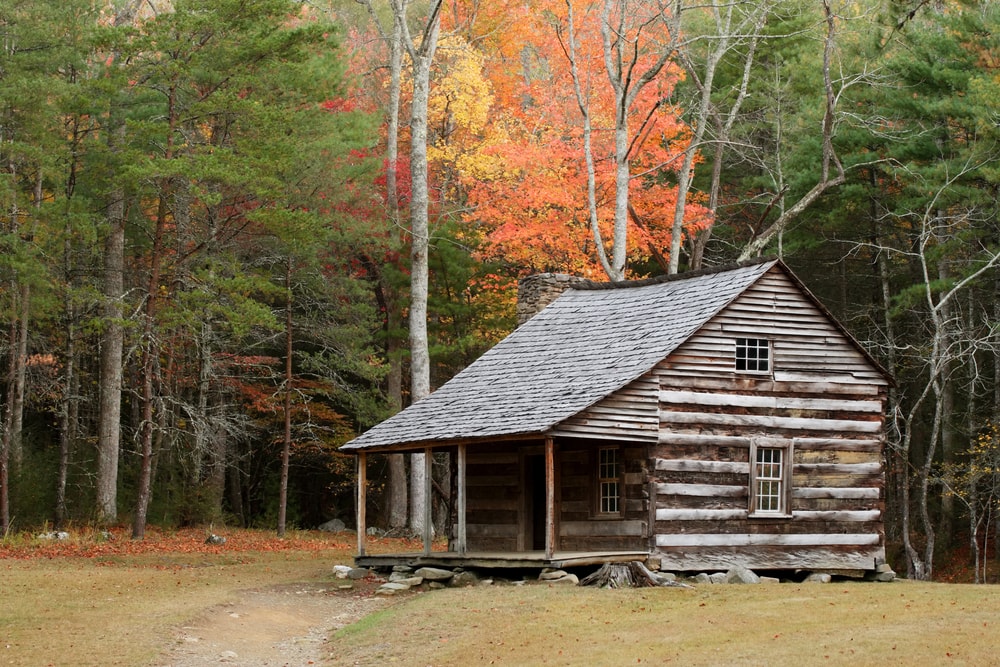
A wood cabin is a house or structure made from logs. Wood cabins are one of the oldest structures known to humankind, and historians have traced them back to the Bronze Age and older. While wood cabins can be extremely basic and small, they can also be elaborate such as the Adirondack-style wood cabins, which are easily distinguishable. Logs are typically handcrafted to create the interior and outside walls of the cabin.
Estimated Cost
If you choose the most cost-effective way to have a wood cabin, you’re looking at creating it yourself. You’ll need a location with plenty of trees around which you can build the cabin. You can make exactly what you want or purchase plans online for cabin making. To build your cabin would cost under $50,000 for tools and materials.
To hire a project team to build a wood cabin for you, you are looking at an average of $75,000 without the cost of the land. The price of this includes land excavation, clearing the land, leveling the ground, tools, and materials.
There is an in-between option of purchasing a log cabin kit that will cost you $50-$80 per square foot.
The Advantages and Disadvantages of Buying a Wood Cabin
Pros
Cons
2. Yurts
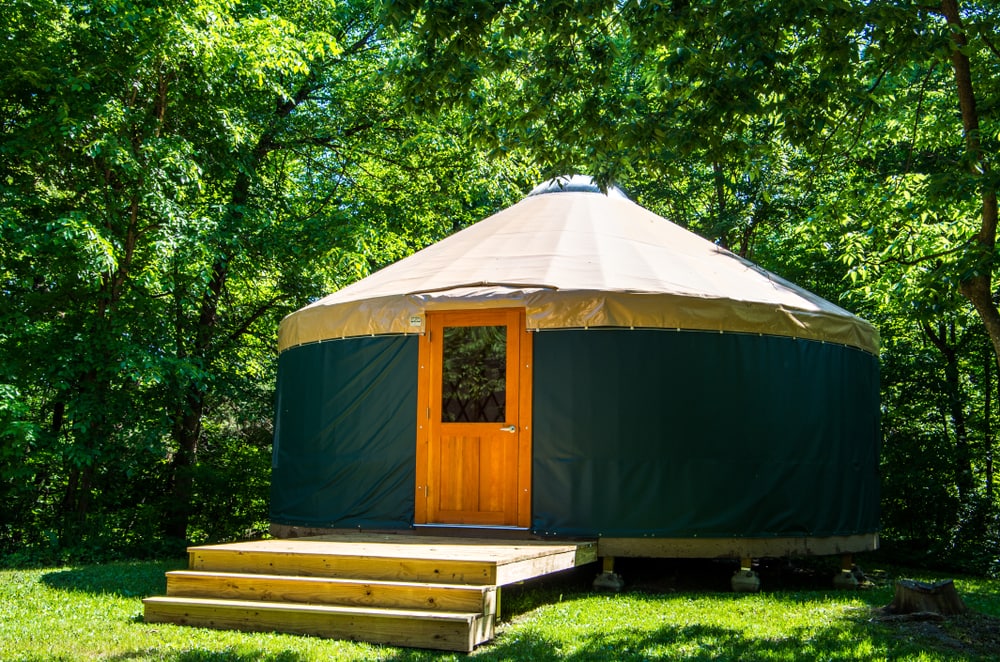
Yurts are circular in design and are a semi-permanent shelter. The design of a yurt allows it to collapse easily and be transported by a roof rack or a truck easily. Yurts are traditionally from Central Asia and are constructed similar to a circus tent. The center of the roof is the highest point of the structure, and the side walls are circular and low.
Estimated cost
On average, yurts can cost somewhere from $11,500-$44,000 for labor, materials, and the base platform. If you are building the yurt yourself, you can take off roughly $4,000 for labor.
Materials are the most expensive part of building a yurt. While the platform for your yurt can cost you $3,000-$7,000 based on the location and size of your yurt, materials will cost you from $6,000-$30,000+.
Yurt kits are the most popular way to build yourself a yurt. A kit can range between $6,000-$30,000 with the higher prices for wintering. Things that can also drive up the cost are luxury items such as French doors, glass windows, and extra roof protection.
The Advantages and Disadvantages of Buying a Yurt
Pros
Cons
3. Tiny Houses
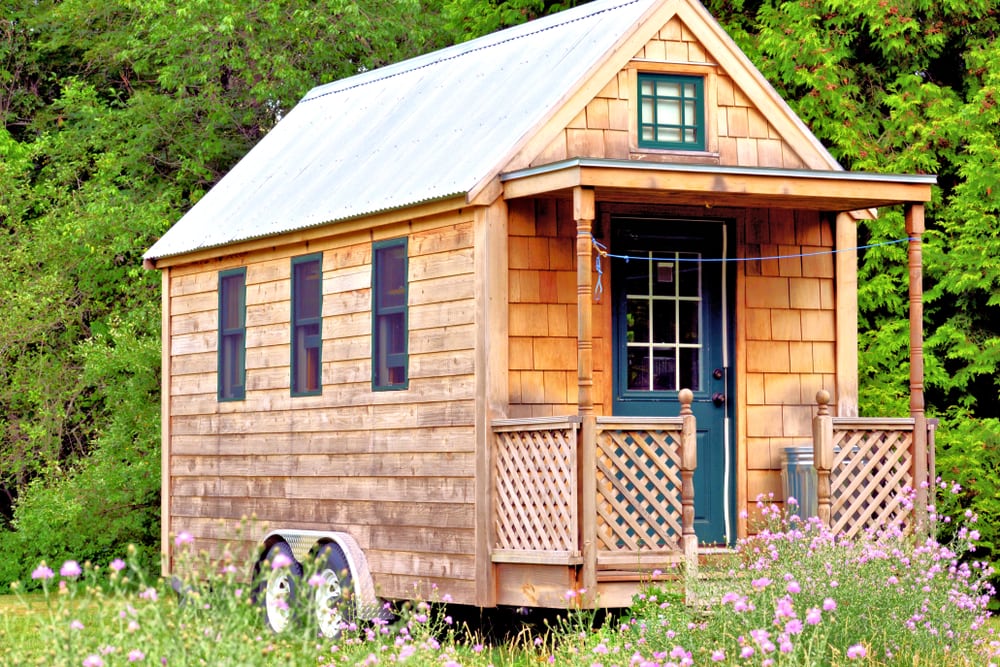
Tiny houses, or tiny homes, are part of a significant downsizing movement, financial freedom, and traveling cross country. Tiny homes are typically under 600 square feet (0.005 hectares) and are usually transportable by either SUV or truck.
Estimated cost
The average cost of a tiny home is from $8,000-$150,000, depending on if this is a DIY project, the types of materials, and amenities you choose. It is cheaper to build a tiny home, but this takes ample time and planning, much like a cabin.
Some factors that will affect the cost of your home include; size, building foundation, permit costs, amenities, and overall materials.
The Advantages and Disadvantages of Buying a Tiny House
Pros
Cons
4. Shipping Containers
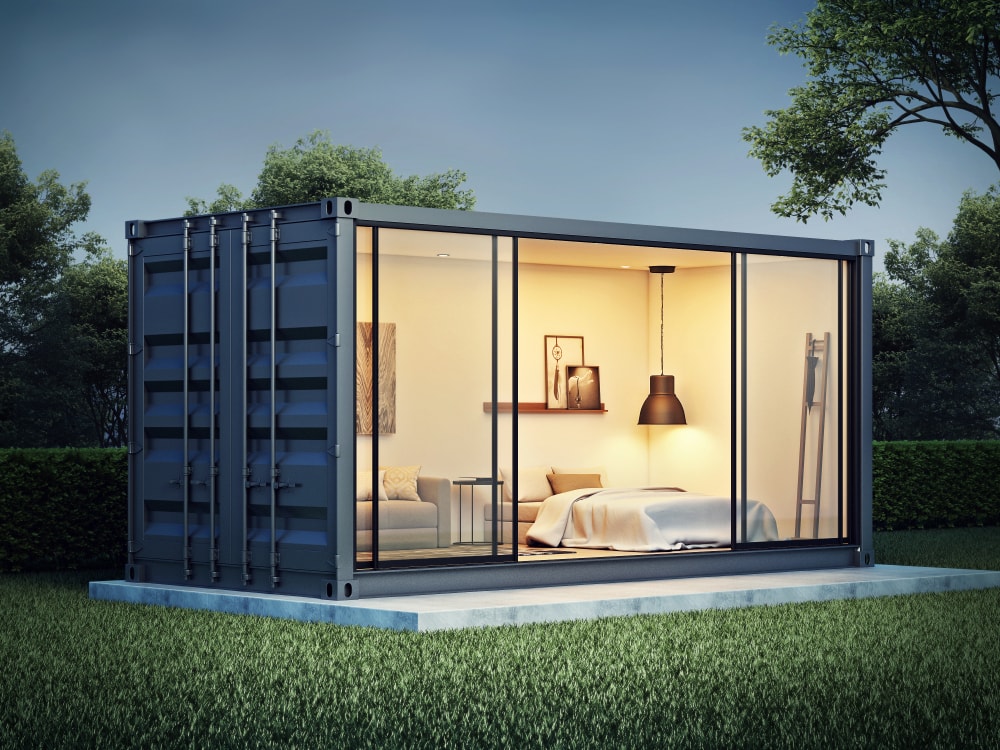
Converting shipping containers to a metal shelter is a new and budget-friendly trend. These steel boxes can be converted into homes easily by stacking the containers on top of each other, adding insulation, drywall, and regular housing materials inside.
Estimated cost
The average cost of building a shipping container home is $10,000-$35,000+. Like the other shelters on this list, the price will increase with higher-priced amenities and materials.
Shipping containers do need a foundation, which will go into the price of building your shipping container home. The foundation will be roughly $5,000, depending on the size foundation you need.
After the foundation, locating a container is relatively easy and cheap. The container itself will cost you on average $2,000. The size of shipping containers is 20 x 8, and containers can easily be stacked and laid out next to each other.
If you do not wish to DIY a shipping container home, some companies will pre-make a container home for you. These typically start at the base cost of $30,000. Companies like these offer different layouts, square footage, and amenities.
The Advantages and Disadvantages of Buying a Shipping Container Home
Pros
Cons
5. Mobile Trailers
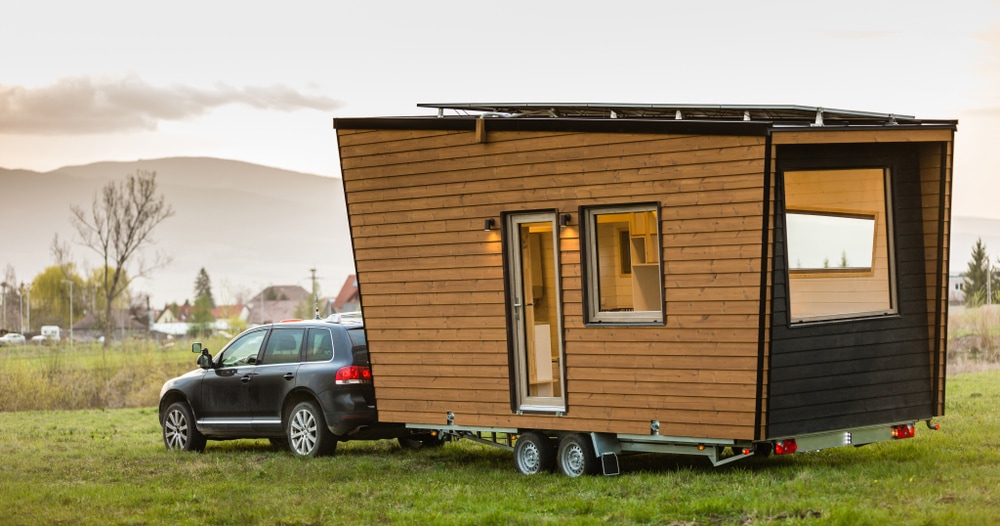
A mobile trailer, or manufactured home, comes in different shapes and sizes: single wide, double wide, and triple wide. These factory-built homes are customizable to some degree but typically come as-is with pre-chosen amenities. The plus side to these homes is that they comply with HUD code requirements, are energy efficient, and are affordable.
Estimated cost
The average cost of a single wide mobile home is $35,000. Single wide homes offer 600 to 1,200 square feet (0.005 to 0.006 hectares) and are possibly the most reasonable for a wilderness shelter.
Doublewides offer 1,300 to 1,800 square feet (0.012 to 0.017 hectares) and will average around $50,000. Doublewides get their name from their construction. Two separate units make up the build that sits side by side and offer a nice variety of floor plans.
Triplewides will average around $80,000 and offer 1,900 to 2,500 square feet (0.018 to 0.023 hectares). Triplewides are the most ‘house-like’ in that they have extensive options for floor plan, amenities, and room numbers.
The Advantages and Disadvantages of Buying a Mobile Home
Pros
Cons
Limitations of Permanent Outdoor Shelters
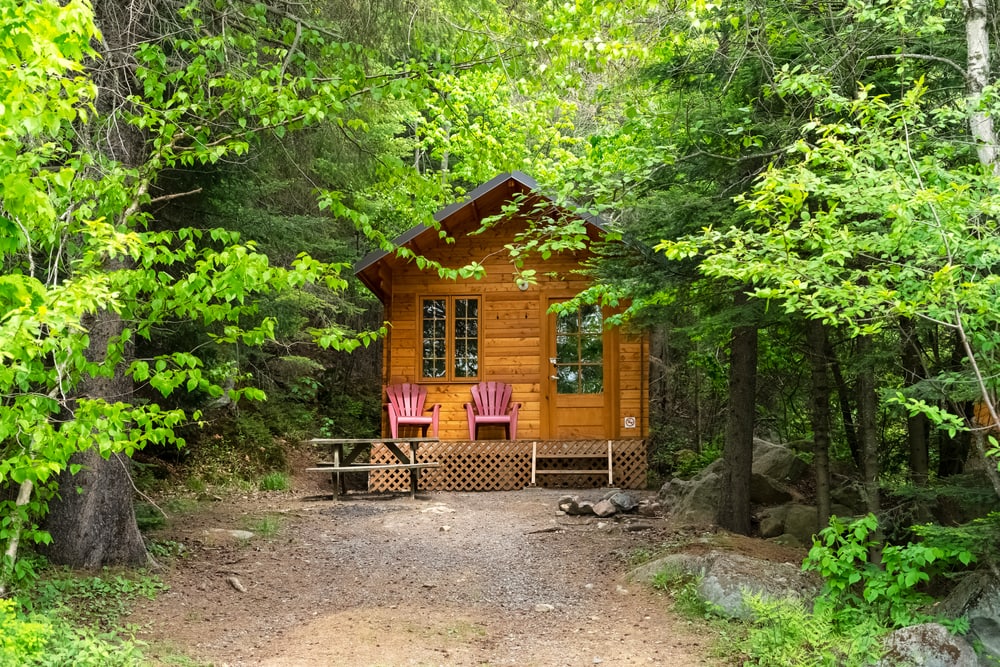
One of the biggest reasons to build a shelter in the wilderness is to be closer to nature, away from the hustle-bustle of daily life, and to simplify life. However, simplifying life often comes with some challenges that we can overlook.
Going off-grid can sound easy, but what happens when you need to cook dinner for your family? Or when you need to use the bathroom?
Luckily, we’ve done this before! There’s no reason to reinvent the wheel when there are some great solutions ahead.
1. No Utilities
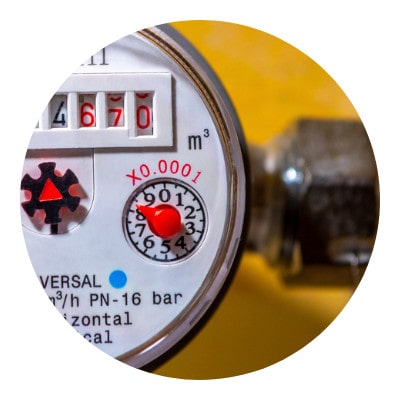
Living with no utilities is an option that most people choose not to do, but it is a valid option, especially if you will only use your shelter for short amounts of time. If you have a hunting cabin, for example, that is only used on the weekends, living with no utilities might work best for you.
If this is your number one choice, make sure you research wilderness sanitation. Having no utilities will require planning for cooking areas, bathroom areas (shower and toilet separate), and Leave No Trace practices.
2. Sanitation Systems

Sanitation systems for your wilderness shelter are the number one priority. Sanitation systems keep you safe and healthy, along with the wilderness around you.
If you cannot have a septic system and are too far away to hook into the sewage treatment system, there are a few options. One is to have a portable, biodegradable toilet. These toilets are composting toilets that do a really great job of dealing with human waste.
In high-end composting toilets, you can use the final product for fertilizing ornamental plants (not vegetables!). Some composting toilets do this all in-unit, while others feed out to a storage tank. The storage tank option will have less smell and offer more of a ‘normal’ bathroom experience.
Off-grid wilderness homes often have separate showers whose locations you need to pick carefully so soap does not run into your water supply. No matter what, always use biodegradable and Leave No Trace-friendly soap when showering in the wilderness.
Outhouses work similarly to composting toilets. Just be aware of where you place your outhouse, making sure it’s away from water sources and following local ordinances.
Another option is to use a propane-powered incinerating toilet, which uses a small amount of electricity along with propane gas to burn waste.
3. Water Systems

Water systems come in all shapes and sizes and can sometimes be easily DIYed.
One of the most popular and safest ways to have water in the wilderness is from a well. Wells can either be manually pumped or electrically pumped. You can pipe your water to anywhere else it’s needed from the well.
You may also tap into local resources such as a lake or waterfall. If you are planning on using either of these as drinking water, make sure you have a filter and purification system in place to kill any microorganisms that can make you really sick.
Last, you can use rainwater collection systems. These collection systems can be attached to your shelter and serve as shower water, cooking water, and drinking water. Again, make sure you have purification systems in place for this water.
4. Wi-Fi, Internet, & Cable Access

There are a few ways to get wi-fi and cable access out in the wilderness.
One of these ways is to use a cell phone as your primary source. You can use a mobile hotspot from your cell phone if you ever need to use your laptop or computer. However, this might not satisfy the want to watch tv and may not be the most reliable if you’re in a spot with no service.
Fixed wireless broadband is another option to get internet out in the wilderness. Wireless broadband uses large antennas to send out internet signals, which get picked up by an antenna on your property or home. This may be a great option if it’s available in your area.
Possibly the most popular solution is satellite internet. While it won’t be the fastest or unlimited, satellite internet will reach you no matter where you are.
You may also like: Cleanliness On The Go: How To Shower While Camping
How to Build a Permanent Shelter in the Wilderness
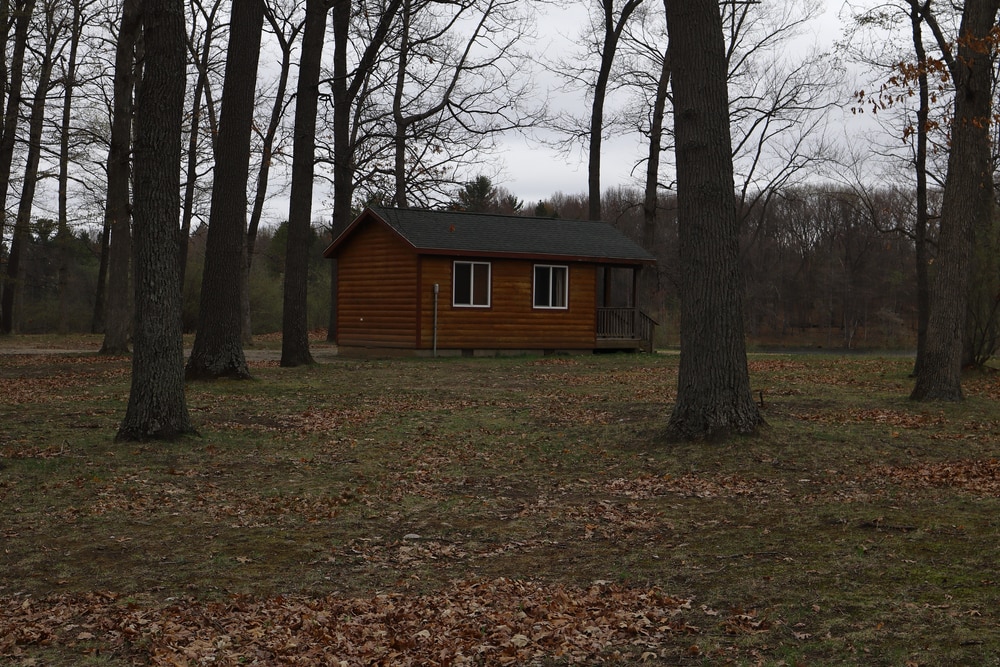
Building a permanent shelter in the wilderness takes quite a few steps and hard work. But with determination, good planning, and budgeting, you can create the most fantastic wilderness home built just for you.
Choose your land
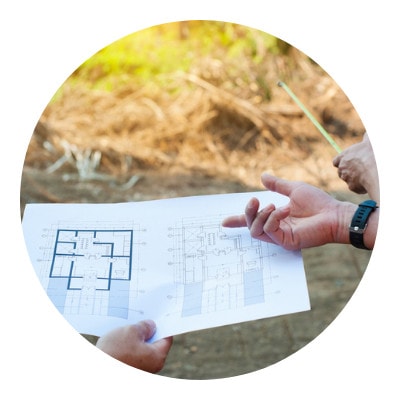
Whether you are outright buying property, renting a space of land, or staying on a friend’s property, you need to know where you’ll be staying to make decisions later on.
Acquire your Shelter
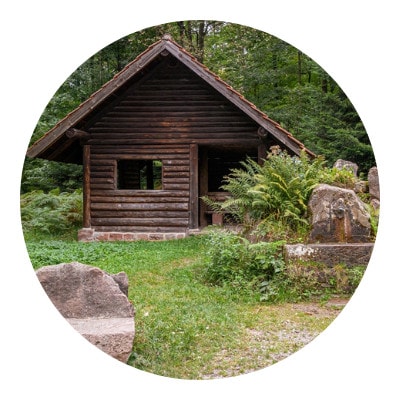
If you are fully DIYing your shelter, locate and gather all your needed materials beforehand. If you decide to contract your project out, start planning and designing your wilderness home.
Check Local Ordinances
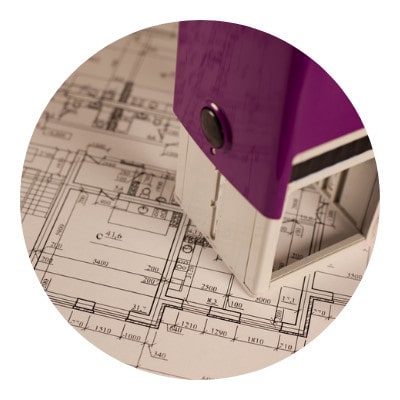
Ensure your wilderness shelter is allowed in your local area and that you are following all of the guidelines you need to.
Get Your Systems Running
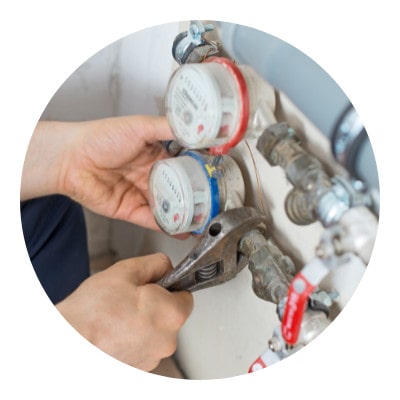
Sanitation, water, transportation, and food systems need to be in place to have a fully functioning wilderness shelter.
You May Also Like:








